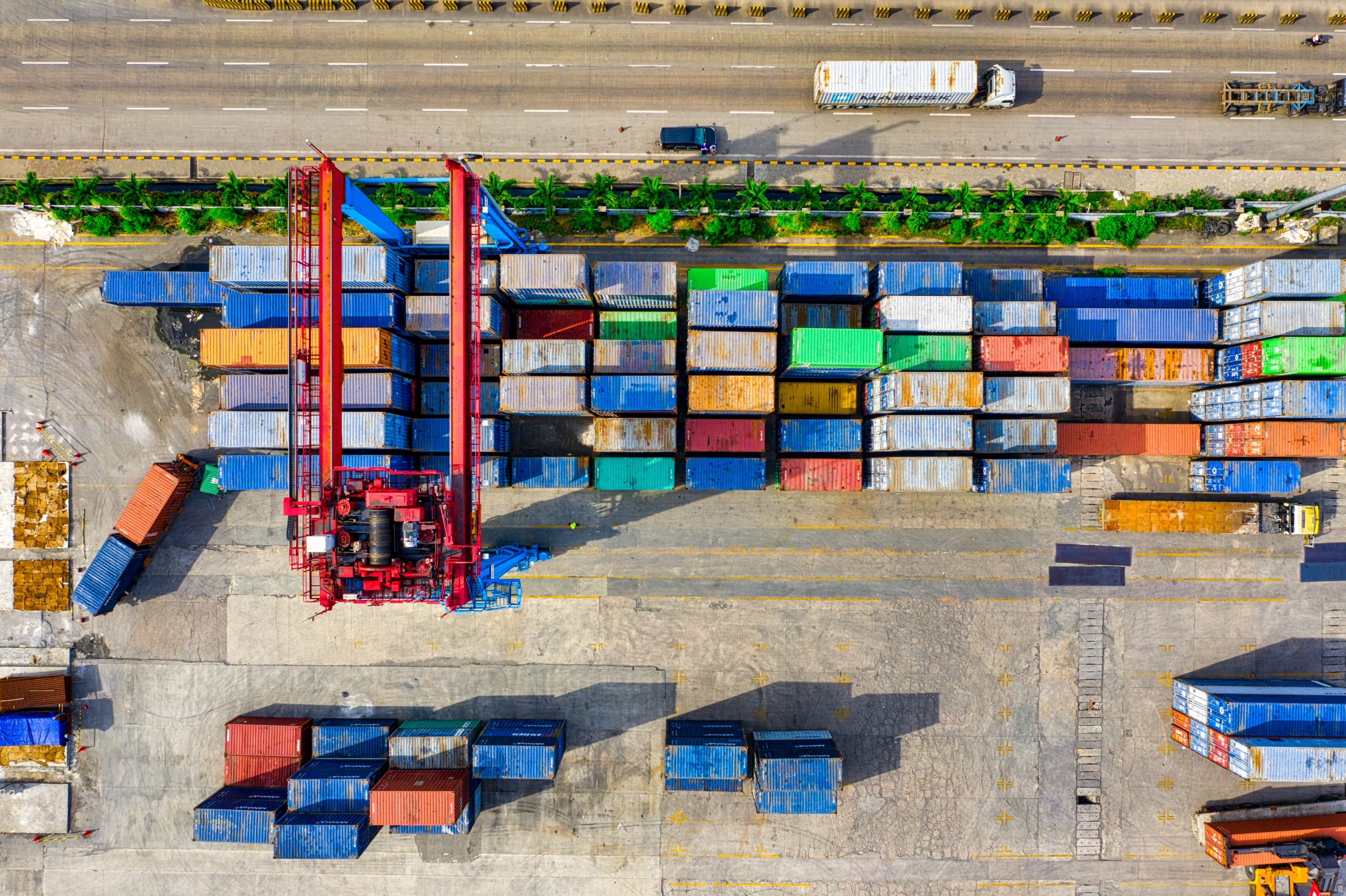We’ve all heard the stories or even experienced firsthand the shortage of everything from automobiles to electronics to furniture, shoes and Gatorade. Even Swedish Fish, those chewy fish-shaped candies, haven’t been able to make it upstream on time.
The economy is all about cause and effect, and the cause for our current challenges is the aftershocks of the COVID-19 earthquake. The global economy was turned off within a matter of weeks, days or even hours for some businesses. Turning that switch back on works less like the lamp on your nightstand and more like those giant stadium lights at the high school football field. They need a little time to warm up.
We’ve seen seismic shifts in consumer demand/preferences — which impair the “just-in-time” inventory structure upon which many retail outlets and consumers have come to rely. Amazon’s ability to both create and meet the demand for the “just-in-time” supply mentality is a big part of why it was able to grow from a simple online bookstore to the behemoth of a company it is today. But once that “just-in-time” mentality was ingrained into the consumer, the room for error became minimal. Getting a product the same or the next day is incredibly difficult when even a small consumer preference change throws the predictive analytics out of whack.
COVID-19 turned that hypothetical into a reality as it exacerbated the changing habits of consumers. People shifted to spending more money on goods rather than travel, leisure and dining. Retail sales, excluding food services, through the first six months of the year stood at $3.2 trillion, 22% higher than the same period in 2020. When there’s a dangerous virus floating around, people tend to stay home and click “buy” rather than venturing out to socialize.
These days, many of the goods we purchase come from outside the United States, which has led to our imports being at an all-time high. This is evidenced by those pictures in the news of all those container ships clogging the harbors in Long Beach and Los Angeles.
Another reason for supply chain lag has been the massive shortage of labor, which causes slow production and shipping at every leg of the journey — fewer people to drive the ship, fewer people to receive containers, transport the goods, and stock shelves. And now we have more people waiting impatiently to purchase.
While consumer habits and labor shortages play an important role in the supply chain breaking down, the bigger culprit that doesn’t get discussed as much is the amount of money in the overall economic system. It’s what economists refer to as money supply, or M2, which since the beginning of 2020 has seen its sharpest increase since World War II. In fact, the money supply is up over 30% in the past year and a half.
Why did we get such an influx in the money supply? Part of this was caused by the government’s pandemic response of pouring capital (i.e., stimulus) into the U.S. economy to help combat the economic shock and awe from the COVID-19 pandemic. The financial strategies and stimulus amounts were and will continue to be vigorously debated, but it was clear something had to be done to help Americans during the lockdowns.
While necessary, this tsunami of money injected into the U.S. economy has led to the dreaded “I-word”— inflation — rising prices and less purchasing power.
Every place I look around, I see massive clues that point toward continued, real and sustained inflation — maybe not the 7%-8% rate we’ve seen over the past few months, but certainly well above the 1%-2% we’ve seen the past two decades.
What’s the solution? Luckily, it’s very simple. The free market should eventually fix much of the problem. Economic holes eventually get filled. For example, companies like Intel, the largest U.S. chipmaker, are doubling down on manufacturing, investing $20 billion on two new fabrication centers in Chandler, Arizona.
Even though “just-in-time” inventory is currently broken, it should heal in the coming years. It took 20 years for companies to figure it out in the first place, but they did, and they will again. We could see this all get solved over the next 12 to 24 months.
With Halloween in the rearview mirror and the holidays at the next intersection, the intensity of these supply chain delays is enhanced. It’s important for all of us to take stock of the inventory of our priorities as fellow human beings. We’re all part of a community, facing this together.
We may need to adjust our expectations or reassess what truly matters. If Junior has his heart set on a very specific Christmas gift, I’d suggest you order it a little earlier than normal or be prepared to make it a teachable moment about the true spirit of the season. As a last-minute shopper myself, I’m already considering getting some experiential gifts for my boys — like a one-on-one afternoon playing putt-putt with their old man over at the Puttshack.
Most of us will be OK if we have to wait a few extra months to buy a car or for a new couch to arrive. My waistline will appreciate the lack of Swedish Fish, and it’s a relief that my neighbor might not be able to add even more Christmas lights to her already amazing display, as we’re already struggling to keep up with the Joneses.
American ingenuity has saved us before and it will again.
Read the AJC Article here
This information is provided to you as a resource for informational purposes only and is not to be viewed as investment advice or recommendations. This information is being presented without consideration of the investment objectives, risk tolerance, or financial circumstances of any specific investor and might not be suitable for all investors. This information is not intended to, and should not, form a primary basis for any investment decision that you may make. Always consult your own legal, tax, or investment advisor before making any investment/tax/estate/financial planning considerations or decisions.












